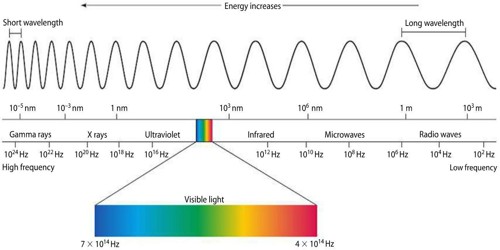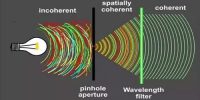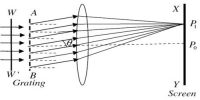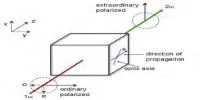Electromagnetic Spectrum
The electromagnetic spectrum describes all the wavelengths of light. From dark nebulae to exploding stars, it reveals an otherwise invisible universe. Any periodic wave has frequency ƒ and wavelength λ. The relation between frequency, wavelength and velocity v of the periodic wave is, v = λv.
The velocity of transmission of the electromagnetic wave in vacuum or in the air is equal to that of light; i.e., v = c.
So, c = λv
The range of frequencies of the electromagnetic wave is very large. It extends from less than 1014 Hz or c/s to above 1023 Hz or c/s. This range is called electromagnetic spectrum. According to the variation of wavelengths of the electromagnetic wave different nomenclature are in use since long ago. viz.- radio waves, infrared waves, visible waves, X-rays, gamma rays etc. Of course, there is no sharp demarcation among them; rather a partial overlapping twists among them. According to the names and the difference of wavelengths, ranges of different waves are given in the figure.
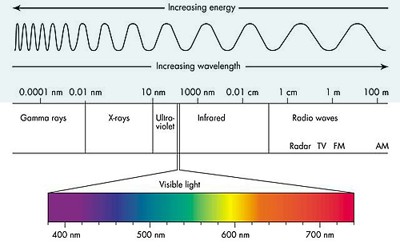
Fig: electromagnetic spectrum
Amongst the electromagnetic spectrum, the most known part to us is the visible light. Its range is extremely small. It extends only between wavelengths of 7.8 x 10-7 m to 3.9 x 10-7 m or frequencies from 3.8 x 1014 Hz to 7.7 x 1014 Hz. Our eyes are sensitive only to these wavelengths and frequencies of electromagnetic waves. Our eye or brain observes light rays of different wavelengths as different colors. For example, the wavelength of light of red color is approximately 75 x 10-7 m, again wavelength of violet color is 3.8 x 10-7 m.
